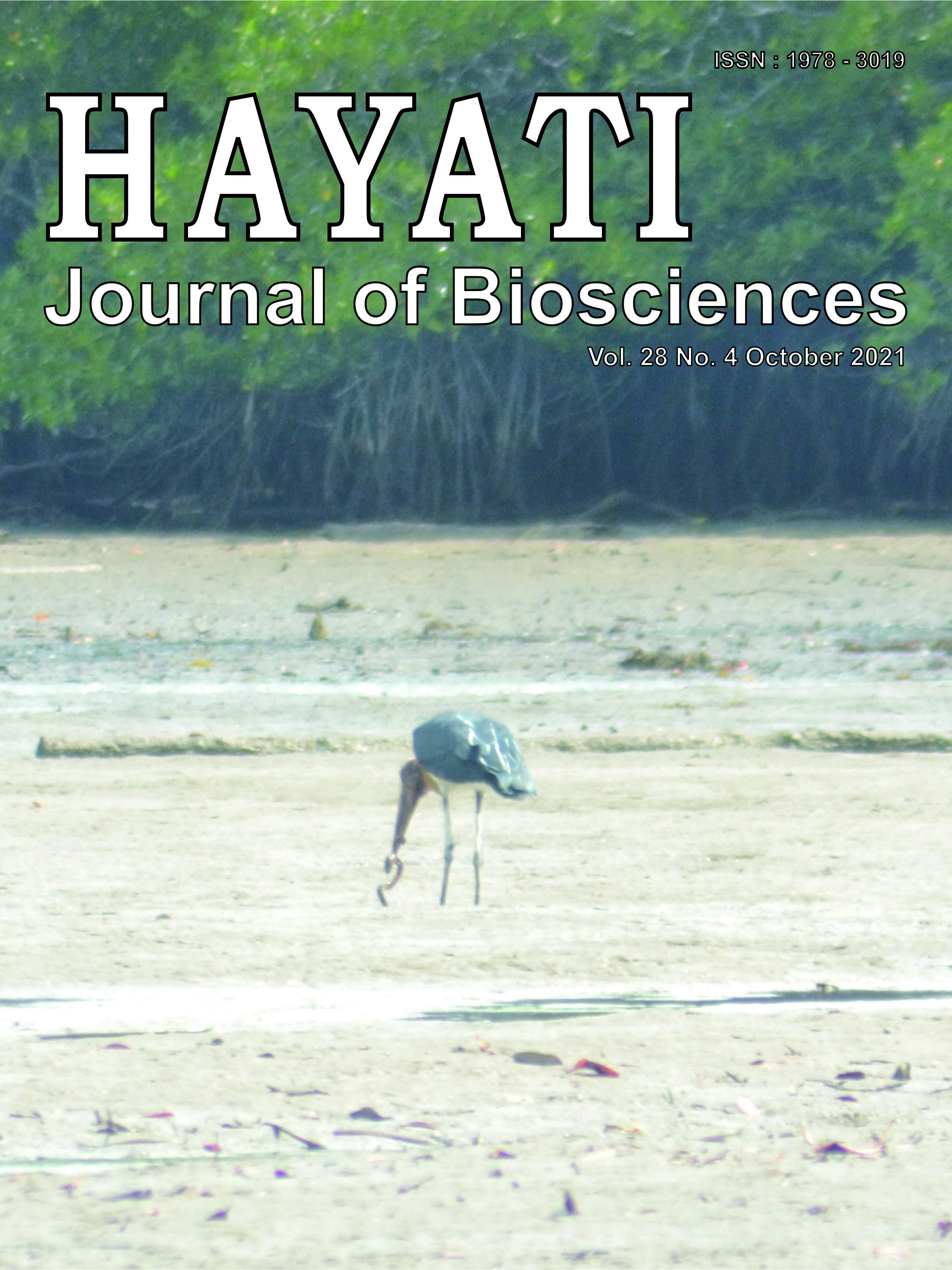Modeling Mackerel Tuna (Euthynnus affinis) Habitat in Southern Coast of Java: Influence of Seasonal Upwelling and Negative IOD
Abstract
We used fishery catch data from Cilacap Fishing Port and Copernicus data set in July 2016-December 2017 to investigate the impacts of Indian Ocean Dipole (IOD) on upwelling and mackerel tuna distribution in the southern coast of Java. This study implemented a Generalized Additive Model (GAM) for habitat prediction of mackerel tuna in the waters. The present study showed that the extreme negative IOD in 2016 caused a weaker southeasterly wind and even a reversal to the northwesterly wind, as seen off Sumatra in September 2016. The situation produced vertically mixed layer thickening and no upwelling during the southeast monsoon event 2016, consequently resulted in warmer temperature and fewer Chlorophyll-a (Chl-a) compared to the southeast monsoon event 2017. The mackerel tuna production significantly dropped in 2016 and rose in 2017, particularly during the upwelling event. The high Habitat Suitability Index (HSI) was found in southern Central Java in July 2017, expanded bigger in August 2017, and decreased in September 2017. During July and August 2016, the high HSI covered only a less area in the region and disappeared in September 2017. The high HSI indicates that the oceanographic factor is consistent with the catch probability of mackerel tuna.
Downloads
Copyright (c) 2021 Alan F Koropitan, Ibrahim Kholilullah, Roza Yusfiandayani

This work is licensed under a Creative Commons Attribution-NonCommercial 4.0 International License.
HAYATI J Biosci is an open access journal and the article's license is CC-BY-NC. This license lets others distribute, remix, tweak, and build upon author's work, as long as they credit the original creation. Authors retain copyright and grant the journal/publisher non exclusive publishing rights with the work simultaneously licensed under a https://creativecommons.org/

























.png) IPB University
IPB University Department of Biology
Department of Biology The Indonesian Biological Society
The Indonesian Biological Society 

